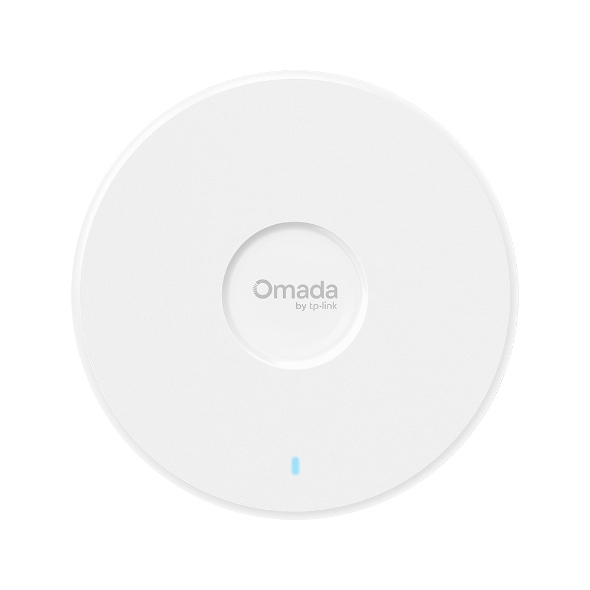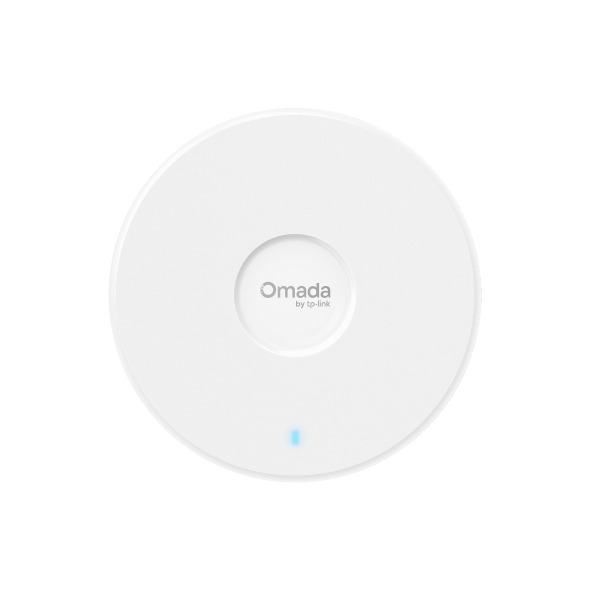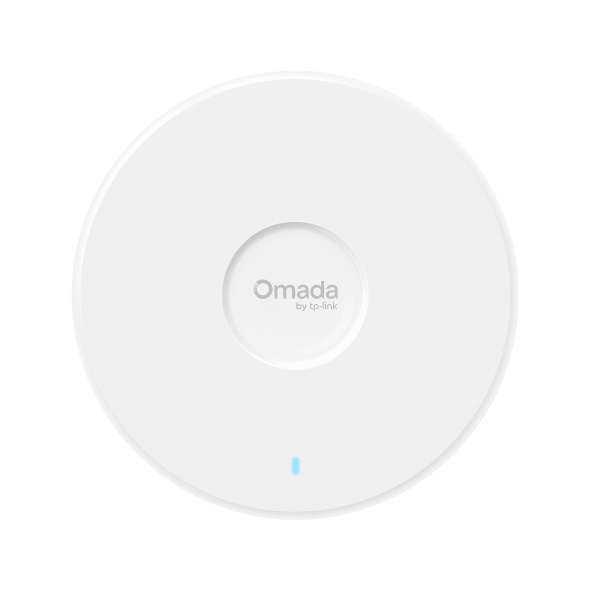How to optimize wireless performance of EAP products
Background Introduction
Wireless connection is susceptible to environment interference and it may cause the unstable connection or SSID disappearance. Especially for 2.4G radio, it would be influenced by much interference from other wireless devices in our daily environment like Bluetooth devices (i.e. wireless speakers, mouse, etc.), microwave oven and USB interface. In this case, we need to do optimization to make Omada EAPs work in less interference and clearer channel or increase transmission power and bandwidth to get better performance. In this article, we will introduce some common optimization suggestions.
Installation
Obstacles such as walls and wireless interference from devices like microwaves and Bluetooth speakers can cause significant interference to WiFi signals. Therefore, it is advisable to avoid installing EAP devices near these objects. Here we discuss according to EAP types:
1. Ceiling-mounted EAPs: Install EAPs in the middle of the ceiling rather than in the corners. To minimize interference between EAPs, maintain a recommended distance of 10-12 meters between them while ensuring optimal wireless coverage.
2. Wall-mounted EAPs: When installing wall-mounted EAPs, avoid placing large furniture such as TVs or cabinets directly in front of them. It is also important to keep these EAPs away from wireless devices like microwaves and Bluetooth speakers to reduce interference.
3. Outdoor EAPs: For outdoor EAPs, mount them high, such as on roof, and ensure they are positioned away from large trees to optimize signal strength and minimize interference.
Channel and Channel Width Optimization
802.11 n/ac protocols support to bind two or more channels together to increase network bandwidth. Although the channel binding technology can improve the bandwidth, the wider channel also means more frequency resources are occupied and it may increase the wireless interference.
1) For 2.4GHz radio, we can use 14 channels (EU version supports 1-13 channels, US version supports 1-11 channels), but there are only 3 non-overlapping channels in fact. We recommend to use channel 1,6,11 when deploying 2.4GHz network (with 20MHz Channel Width). 
2) For 5GHz radio, it has more channel resources which are all non-overlapping (with 20MHz channel width). We recommend to use different channels when deploying 5G network (with 20MHz Channel Width).

A suitable solution to reduce the interference is that:
For 2.4G radio, use 1/6/11 channels alternately with 20MHz channel width (HT20).
For 5G radio, use different channels alternately with 20MHz channel width (HT20).

If the performance is still not ideal, you can use a third-party app to check for the least congested wireless channel in your wireless environment:
1)Download one radio scanning APP on your phone, here we take Wi-Fi Analyzer as example > connect to the SSID you want to optimize > open the APP:

The SSID marked in the image above is the EAP your phone has connected to and the list below are SSIDs surrounding you. This page will show SSID names, broadcasting device MAC address, signal strength, country code, working channel, middle frequency, approximate distance, speed, IP address your phone gets and encryption method.
2)Go to Channel Rating page, you will see evaluation results of channels with stars, the more stars, the better. You can switch band on right top and choose the best channel for EAP or put EAP where your devices could mostly get good signal within your range of activity.

Transmit Power Optimization
TP-Link EAP series allow customer to select different level Tx Power: Low, Medium, High, and Custom. A larger Tx power is not always better, because larger Tx power also means more interference to the adjacent APs.
In the actual wireless environment, if the distance between adjacent AP is much close (less than 12 meters), it’s recommended to decrease the Tx power for reducing the wireless interference. For example, if the Tx power is 25dBm, we can decrease it to 22dBm first for checking. If the wireless connection is still not stable, we can decrease the Tx power again.

Firmware Updates
If your EAP has not been updated with firmware for a long time, it is recommended to update it to the latest version. New firmware updates may help optimize wireless performance.
- If you manage the EAP via its own web interface, please refer to the link to update EAP firmware.
- If you are using Omada controller, please double click the EAP unit, Config>Manage Device>Browse:

AI WLAN Optimization
AI WLAN Optimization helps improve the wireless network performance. With the AI WLAN Optimization feature, the controller will detect WiFi interference and monitor the wireless environment. Based on the environmental factors including network topology, deployment size, traffic, and client factors, the controller can determine the optimum wireless configurations (such as channel, bandwidth, power, etc.) for the access points (APs), and thus ensures that wireless clients of each AP can enjoy better WiFi experience.
1. Go to Controller > Settings > Wireless Network > AI WLAN Optimization > click Deploy Now. 
Note:
- If your controller firmware version is v5.9 and below, and the EAP's firmware doesn’t support power optimization, please do not enable Automatic Power Optimization, otherwise, you'll get "general error" prompt.
- If your firmware doesn’t support AI WLAN Optimization at all, or your EAP is in mesh, it will be listed in the Excluded APs List below.
- If you don’t want to change any settings on specific EAP, you could Add it into Excluded APs List to avoid being modified.
- WiFi experience may be influenced during optimization, please select the spare time to scan and optimize to reduce its impact on user experience.
- Because the APs should stay connected during optimization, please set a different time for AI WLAN Optimization and Reboot Schedule. It is recommended to stagger at least 10 minutes to avoid dissatisfactory results.
2. Generally, after 10 min (sometimes it takes long to 30 min), the whole AI WLAN Optimization will be done > prompt message will tell you the process is done and how much performance you will gain through this optimization process.

Click Details and you'll see what operations are taken to make your network work better. 
Note: Once this optimization is done, the recommended settings are automatically applied to all EAPs you selected and the button Apply Recommended Settings is inoperable; if you want to keep the original settings, you could click the Apply Previous Settings to change back.
3. Click Optimization History on the top, you could see all optimization records here, you could see details of successful records and choose to delete all records. 
Verification: before you execute AI WLAN optimization, you could manually change all EAPs’ channels to stay the same, minimize channel width, then after that, you’ll see these channels are steered to different channels to make EAPs work with less interference and higher performance. 
If none of the above helps, please contact TP-Link support.
Our Technical Support contact information can be found at https://www.tp-link.com/support/contact-technical-support/.
Is this faq useful?
Your feedback helps improve this site.
TP-Link Community
Still need help? Search for answers, ask questions, and get help from TP-Link experts and other users around the world.










